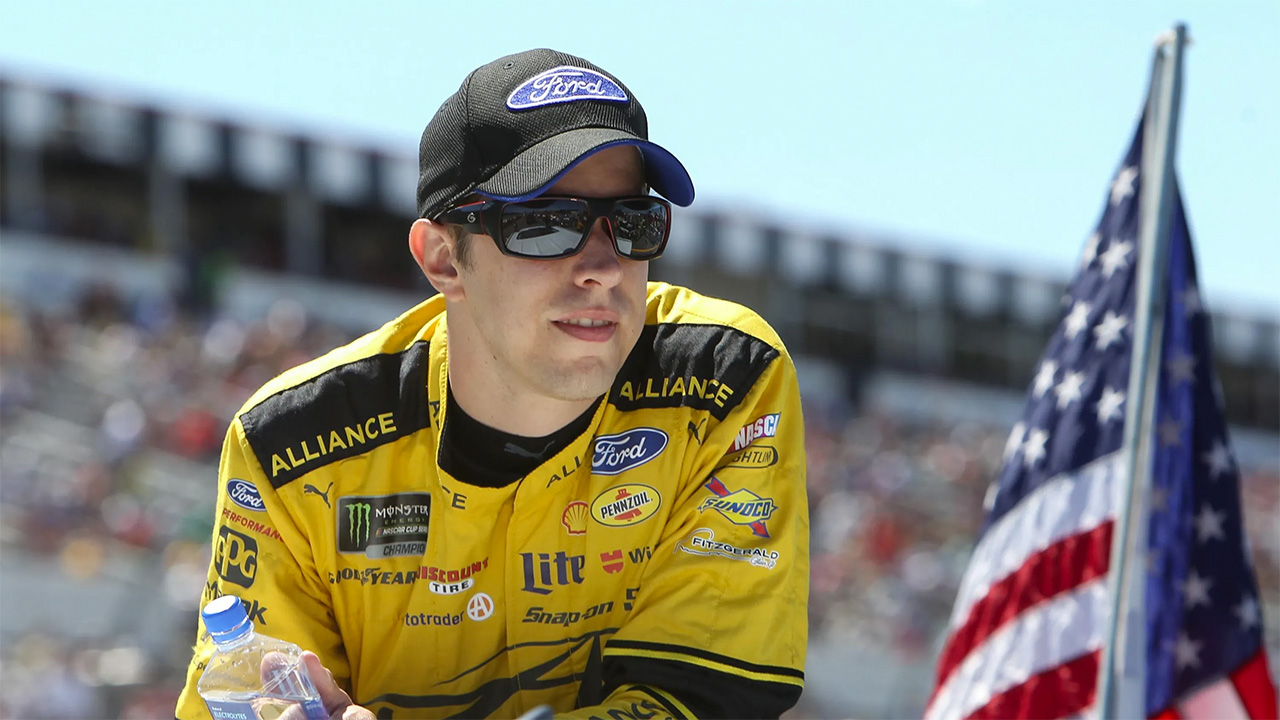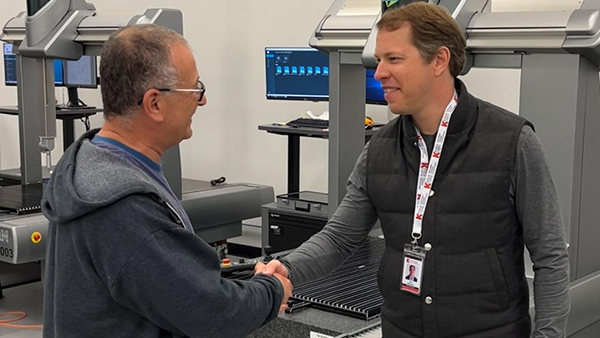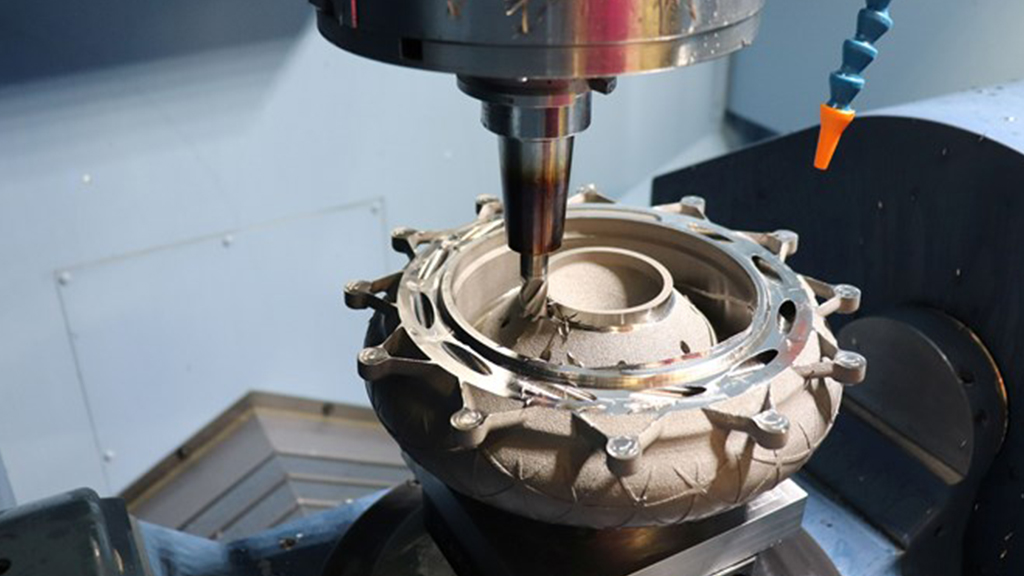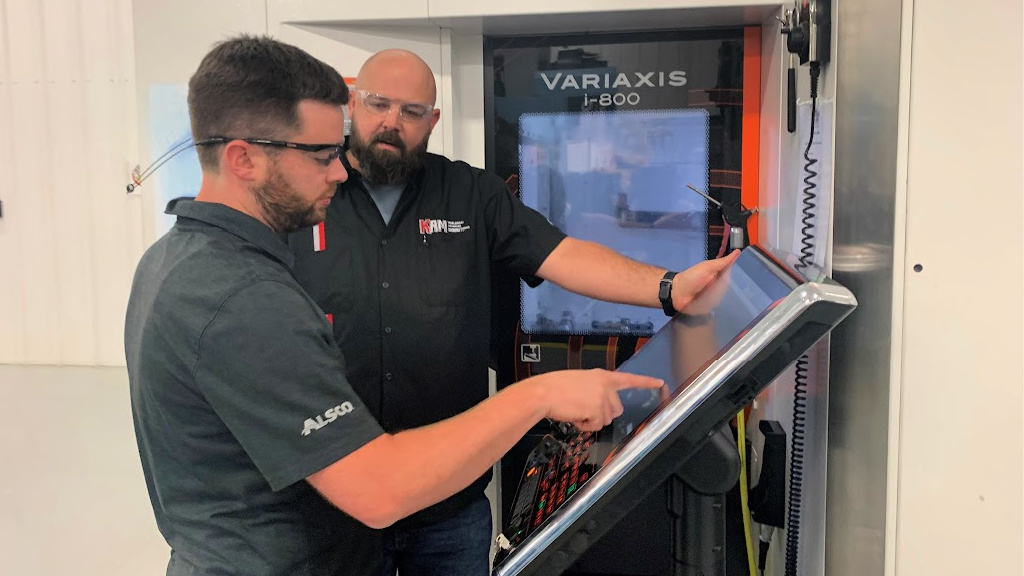The typical go-tos for NASCAR drivers looking to invest their money often center around things natural for their interests such as car dealerships or car restoration. Some dabble in marketing or entertainment management companies.
The ones who really want to take a chance invest in or operate a race team.
Brad Keselowski owned a race team until 2017 and might again one day. However, his current eight-figure investment focuses on an industry that could anoint him as the most savvy NASCAR driver-turned-businessman ever or make him look like a fool wasting boatloads of cash diving into the unknown.
Wouldn’t Brad Keselowski Ford and selling cars be much easier than Keselowski Advanced Manufacturing and trying to ride the potential wave of advanced machinery using 3-D printing technology?
“Probably,” Keselowski said. “That’s not who I am. You have to be true to who you are.”
Following his own path has served the 35-year-old well throughout his driving career. He hopes his new business venture has similar success to the start of his racing season.
Keselowski already has two wins this year — and five wins in his last 18 Cup starts — as the Monster Energy NASCAR Cup Series heads to Texas Motor Speedway for the seventh race of 2019. He has juggled racing and launching a business where he has refused to have investors so he can keep it as nimble as possible.
“He’s a little bit of a disruptor,” said his car owner, Roger Penske, one of the nation’s most accomplished businessmen. “He likes things that are changing. The racing, certainly on a technical side, 3-D is where people are going.
“He saw that as a place that he could invest his money. He’s got a separate business. He’s thinking long term, too, which certainly makes a lot of sense. I applaud him for it, really.”
While racing could provide plenty of clients, Keselowski has focused on the defense and aerospace fields with hopes to expand into medical. During the recent three-race swing to the West Coast, he visited with companies about potential projects.
“He’s great at multitasking,” said Keselowski teammate Ryan Blaney. “He does a good job of focusing on all these different things at once. I don’t know how the hell he does it. I have to focus on racing or stop that and do something else.
“That 3-D printing business he’s got is pretty cool. He’s brought some parts to the shop. It’s taken up a lot of his time, but it obviously has not affected him.”
Keselowski indicated the manufacturing facility won’t pull him out of the race car before he wants to retire, that he needs his racing salary as it will take at least five to 10 years to show a return. But if it does blossom, he considers that it could lengthen his career to have an additional revenue stream as cuts in corporate sponsorship in racing take their toll on driver salaries and encourage teams to hire drivers willing to race for less money.
“I didn’t put my house on the line, but … at end of the day, you have to believe in something and I wasn’t going to just retire from racing and do nothing,” said Keselowski, who added he has no interest in a full-time broadcast career.
“The opportunity was ripe. I feel like I’ve hit the market perfectly. We’ll find out over the next decade or so.”
With about 40 employees, Keselowski hopes that the same attributes that make good race teams (organized car-building shops that must adapt quickly to change) will correlate with his business. Keselowski traveled the world looking for ideas, personnel and technical partners for his North Carolina-based facility, housed at his former race shop.
“I believe in the technology,” Keselowski said. “The technology is just now becoming mature enough to be successful and ready for mass market.
“I have a passion for it from the earliest of days of growing up and watching my dad and uncle and some of the people working for him build some of the coolest stuff ever. Now I get the opportunity to do it myself.”
Ask that dad about his son spending millions on the business, and his father freely admits that his son has more guts (OK, he used another word) than he has.
The son wouldn’t argue with that assessment. And while he was talking about the business, the same could be said about the elite driver’s approach to his day job and the moves needed to win at racing’s top level.
“I didn’t pick anything easy,” Keselowski said. “It’s a big risk. Nothing ventured, nothing gained.”








